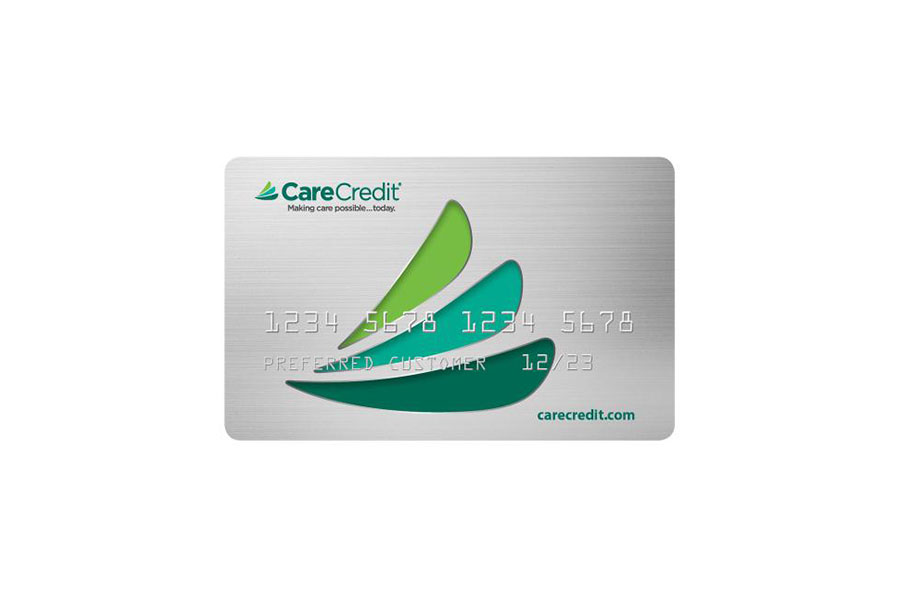Did you know that the average American household is grappling with over $6,000 in credit card debt, contributing to a staggering national total of more than $357 billion?
These aren’t just numbers; they represent real challenges faced by families and individuals daily. The burden of high-interest rates, the stress of monthly payments, and the feeling of being trapped in a never-ending cycle of debt can be overwhelming.

Yet, there’s hope and real solutions at hand. In this article, we discuss seven effective strategies that have helped countless people not just reduce their credit card bills, but also embark on a path toward financial freedom and stability.
Whether you’re looking to take control of your financial health or pay off your credit card debt more quickly, these proven methods can offer a lifeline. Read on to transform your approach to credit card debt and take a significant step towards a more secure financial future.
7 Tips to Reduce Your Credit Card Bill
Here are seven proven tips to reduce your credit card bill, for good!
1. Pay More Than the Minimum
Most people know that the simplest way to lower your monthly credit card payments is to pay more than the minimum due. But many borrowers still struggle to make that a priority. The fact is, paying even a little more than the minimum payment can make a big difference in the long run.
For example, if you have $3,000 on a credit card at 14% interest and minimum payments of $65, it will take 17 years to pay off the debt by making the minimum payments. But if you pay just a little more than that each month—say, $100—you can pay off the credit card in just three years. Not only will you pay off your debt sooner, but you’ll also part with about half the money doing it.
2. Ask for a Lower Interest Rate
Yes, you can ask your credit card companies for lower interest rates. If you have a good credit score (730 or higher), you can usually negotiate lower interest rates. Even dropping the rate by just a couple of percentage points can mean a potential savings of hundreds of dollars per account.
3. Target One Account at a Time
The quickest way to pay off your credit card debt is to target one account at a time. Pay the minimum on each credit card, except the card you’re paying off first. Pay as much as you can on that one. You can choose one of two strategies:
- Pay off the credit card with the highest interest rate first.
- Pay off the smallest debt first, then apply the money you were using to pay off that credit card to the next smallest debt.
4. Make Two Minimum Payments
One trick to paying off a credit card debt quickly is paying the minimum payment twice each month. Because credit cards apply interest to your account daily, cutting your balance during the month reduces your minimum payment for the next month.
5. Consolidate Your Credit
Debt consolidation is a strategic approach to reduce your credit card bills. This method involves combining several high-interest debts into a single loan with a more favorable, lower interest rate. The primary advantage of this strategy is the convenience of managing one monthly payment instead of multiple ones, which simplifies your financial commitments and often leads to significant interest savings.
Additionally, with a fixed repayment term, you gain a clearer timeline for becoming debt-free compared to the revolving nature of credit cards. It’s important to ensure that the terms of the consolidation loan — like the interest rate and any associated fees — are beneficial compared to your current debts.
6. Transfer Your Credit Card Balance (Wisely!)
You can reduce your monthly payments by moving the balance from a credit card with a high interest rate to a card with a lower rate. If done right, you could save hundreds of dollars per year.
But know what you’re getting into. Credit cards with low interest rates are almost always introductory offers that last 12 to 18 months. If you don’t pay off the debt within that time, your interest rate will jump, and you could be stuck with an interest rate that’s higher than the previous one.
This tactic has burned many borrowers, so it’s essential to do this wisely. If you’ve been unsuccessful with this in the past, it’s best not to do it again. You should also be sure that you won’t be hit with a balance transfer charge.
7. Limit Your Plastic
Often, the best credit help is simply not using credit. Studies indicate that people who make purchases with credit cards are willing to pay more than people who use cash. So limit your credit purchases and pay with cash, check, or debit cards as much as possible.
You can also request a lower limit on your credit cards. This method provides an external restriction when your internal motivation falters.
Need More Credit Help?
You can make a big dent in your credit card bills by applying these tips, but if you need more help paying off credit card debt, you can find it at Lexington Law. They are a reputable credit repair company that offers a free credit consultation to anyone struggling with bad credit.
Conclusion
Mastering your credit card debt is not just a financial goal; it’s a step towards lasting peace of mind and financial freedom. Take that first step today towards a more financially secure tomorrow, and remember, professional guidance is always available for those who need it. Your journey to a debt-free life is just a decision away. Embrace these changes, and watch as your financial landscape transforms for the better.



